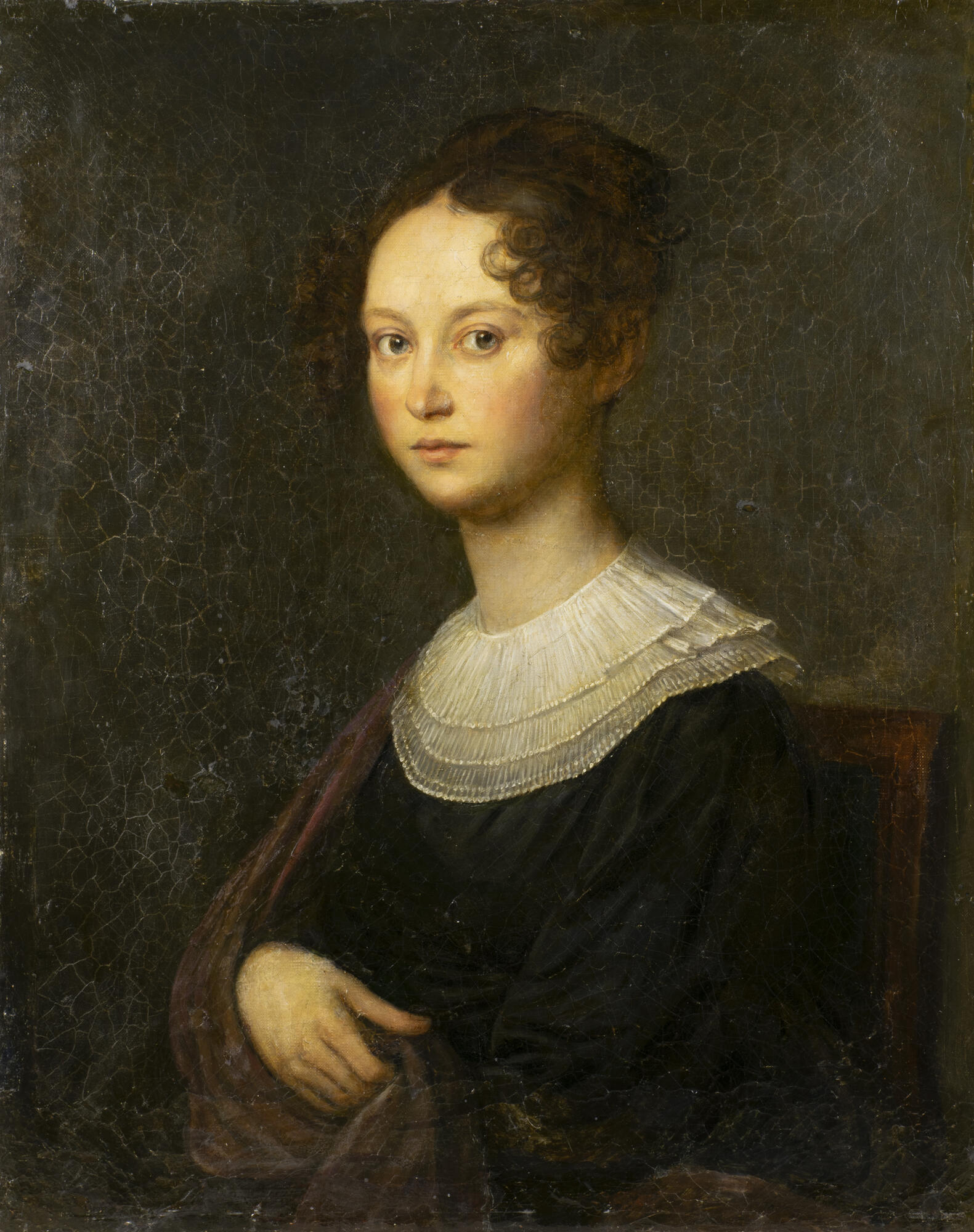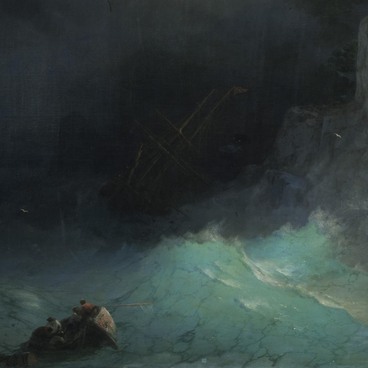The exhibition of the Chelyabinsk State Museum of Fine Arts displays a portrait of a young lady. It was created presumably in the early 19th century. According to researchers, the author of the picture may be the Russian painter Alexander Varnek.
Alexander Varnek was born in 1782 in St. Petersburg into the family of a furniture maker. In 1795, he entered the Imperial Academy of Arts, where he studied under Dmitry Levitsky, Sergey Shchukin and Gabriel-François Doyen. During his studies, Varnek painted portraits of the nobility and even the Emperor Alexander I. In 1803, the artist graduated from the Academy with a major gold medal for creating ‘Portrait of a Painter’ and a 1st degree certificate with a sword. The following year, he left for Italy with sponsorship of the Academy. Varnek received the title of academician, taught portraiture at the Academy of Arts and later became a professor of painting.
The artist passed away in 1843 at his house in St. Petersburg.
The portrait from the Chelyabinsk collection presumably depicts Yekaterina Avdulina, née Yakovleva, the wife of Major General Alexey Avdulin. The artist painted a restrained and sophisticated image. It has a lot in common with Leonardo da Vinci’s “La Gioconda” (“Mona Lisa”): the position of the hands, a slight half-turn, a mysterious smile. The layered pleated collar resembles the robes of the characters from the Dutch paintings. The hair of the model was collected in a hairstyle fashionable in those years — a straight parting, a high bun and curls at her temples.
The husband of the model, Alexey Avdulin, managed the affairs of the Society for the Encouragement of Artists. The Major General took part in the 1812 Patriotic War (the war against the invasion of the French under Napoleon I), for his distinction at the battle of Austerlitz (one of the most crucial Napoleonic wars) he was awarded the Order of St. John of Jerusalem. In 1815, Avdulin was sent to France to the Main Apartment, after the end of the war he returned to Russia. In St. Petersburg, the family lived in their own house on the Dvortsovaya Embankment and at their Kamennoostrovskaya dacha, where a home theater was set up.
The Avdulins loved to hold balls at which the crème de la crème of that time, high society, gathered: artists, writers and composers. The poet Alexander Pushkin also attended these evenings. Prince Vyazemsky, in a letter to his wife in 1828, reported,
Alexander Varnek was born in 1782 in St. Petersburg into the family of a furniture maker. In 1795, he entered the Imperial Academy of Arts, where he studied under Dmitry Levitsky, Sergey Shchukin and Gabriel-François Doyen. During his studies, Varnek painted portraits of the nobility and even the Emperor Alexander I. In 1803, the artist graduated from the Academy with a major gold medal for creating ‘Portrait of a Painter’ and a 1st degree certificate with a sword. The following year, he left for Italy with sponsorship of the Academy. Varnek received the title of academician, taught portraiture at the Academy of Arts and later became a professor of painting.
The artist passed away in 1843 at his house in St. Petersburg.
The portrait from the Chelyabinsk collection presumably depicts Yekaterina Avdulina, née Yakovleva, the wife of Major General Alexey Avdulin. The artist painted a restrained and sophisticated image. It has a lot in common with Leonardo da Vinci’s “La Gioconda” (“Mona Lisa”): the position of the hands, a slight half-turn, a mysterious smile. The layered pleated collar resembles the robes of the characters from the Dutch paintings. The hair of the model was collected in a hairstyle fashionable in those years — a straight parting, a high bun and curls at her temples.
The husband of the model, Alexey Avdulin, managed the affairs of the Society for the Encouragement of Artists. The Major General took part in the 1812 Patriotic War (the war against the invasion of the French under Napoleon I), for his distinction at the battle of Austerlitz (one of the most crucial Napoleonic wars) he was awarded the Order of St. John of Jerusalem. In 1815, Avdulin was sent to France to the Main Apartment, after the end of the war he returned to Russia. In St. Petersburg, the family lived in their own house on the Dvortsovaya Embankment and at their Kamennoostrovskaya dacha, where a home theater was set up.
The Avdulins loved to hold balls at which the crème de la crème of that time, high society, gathered: artists, writers and composers. The poet Alexander Pushkin also attended these evenings. Prince Vyazemsky, in a letter to his wife in 1828, reported,



